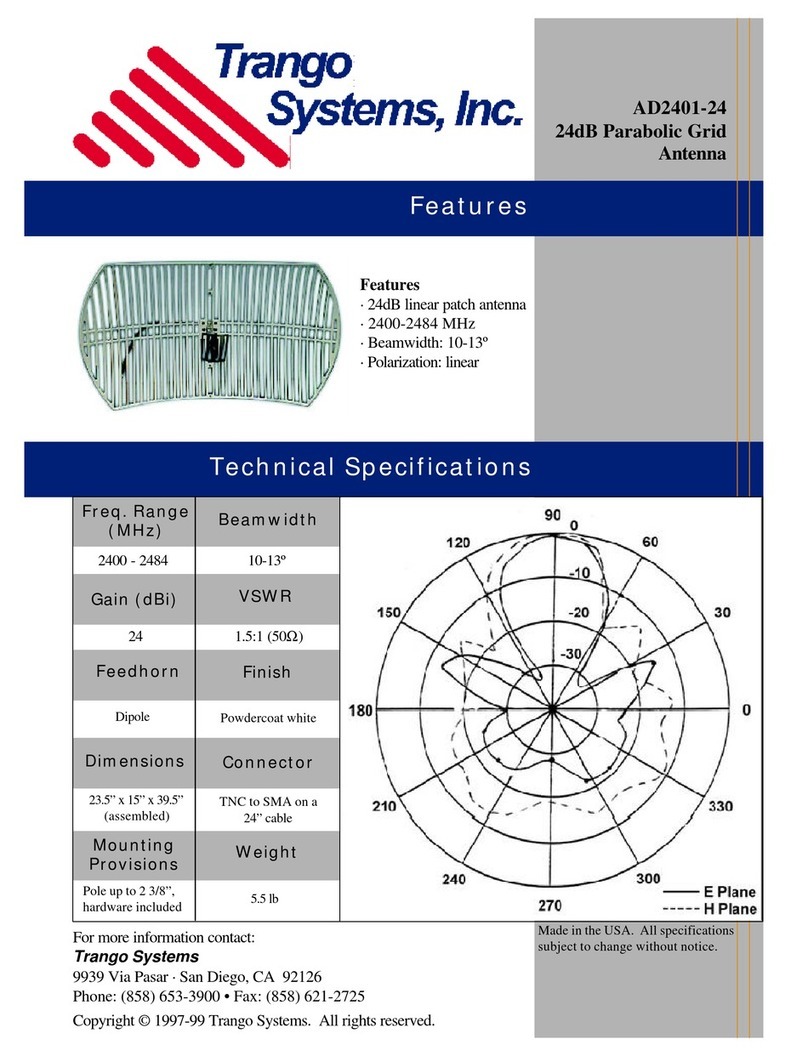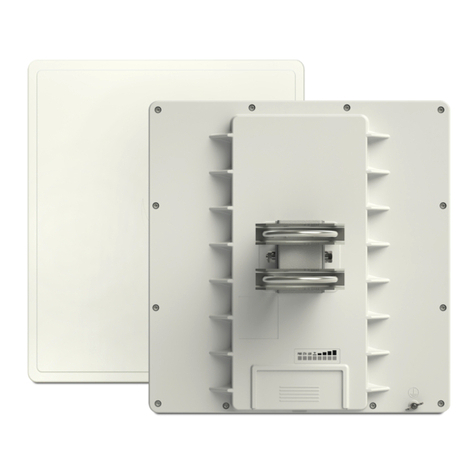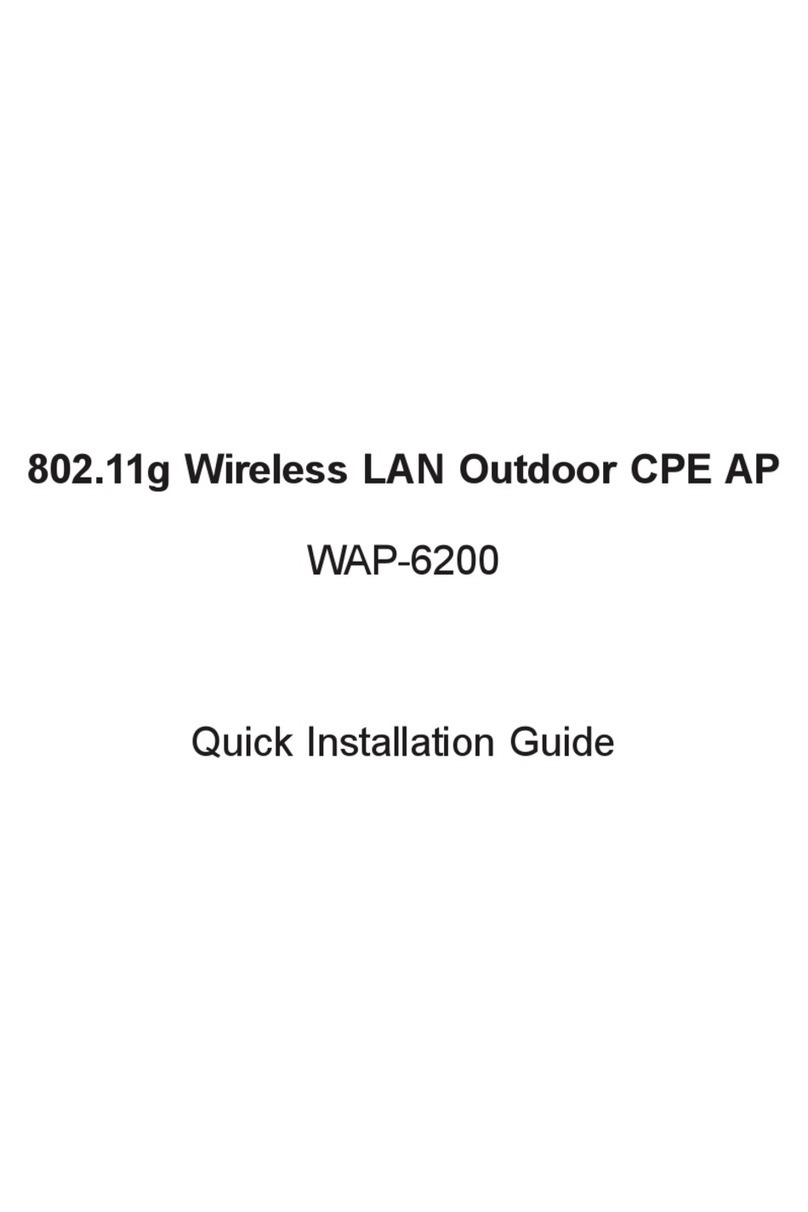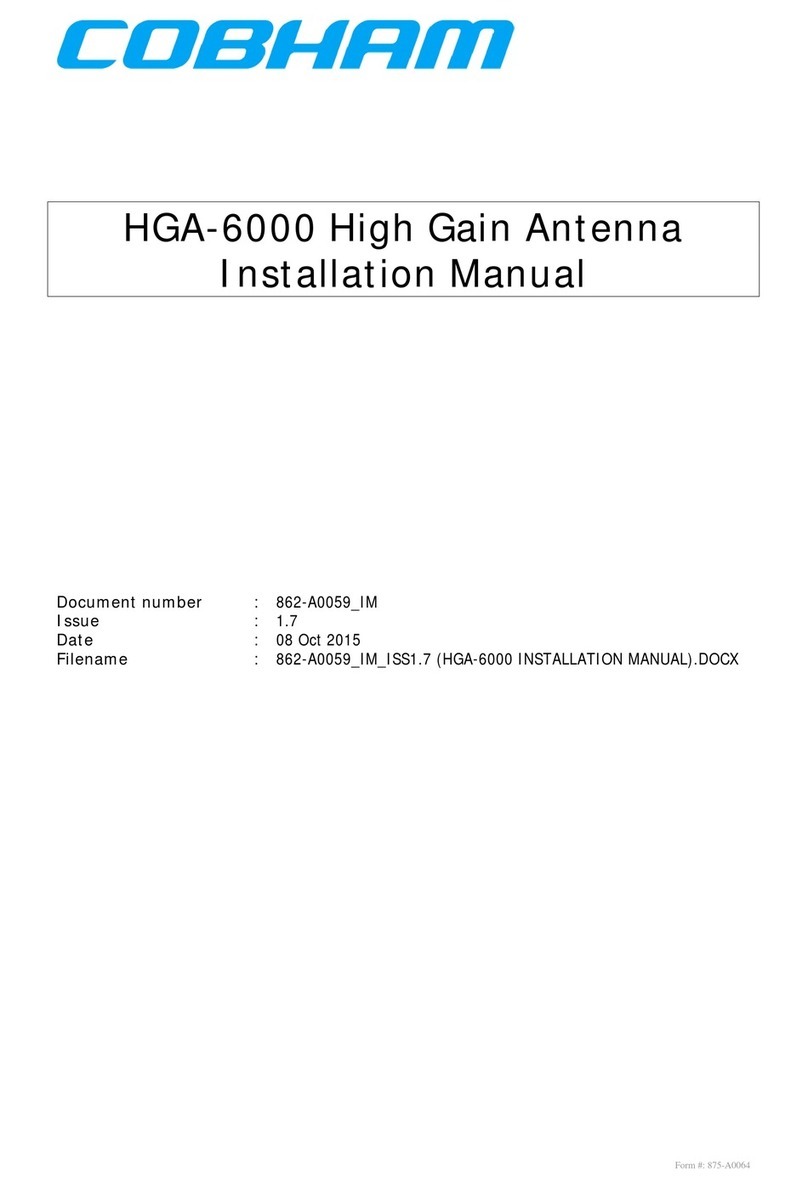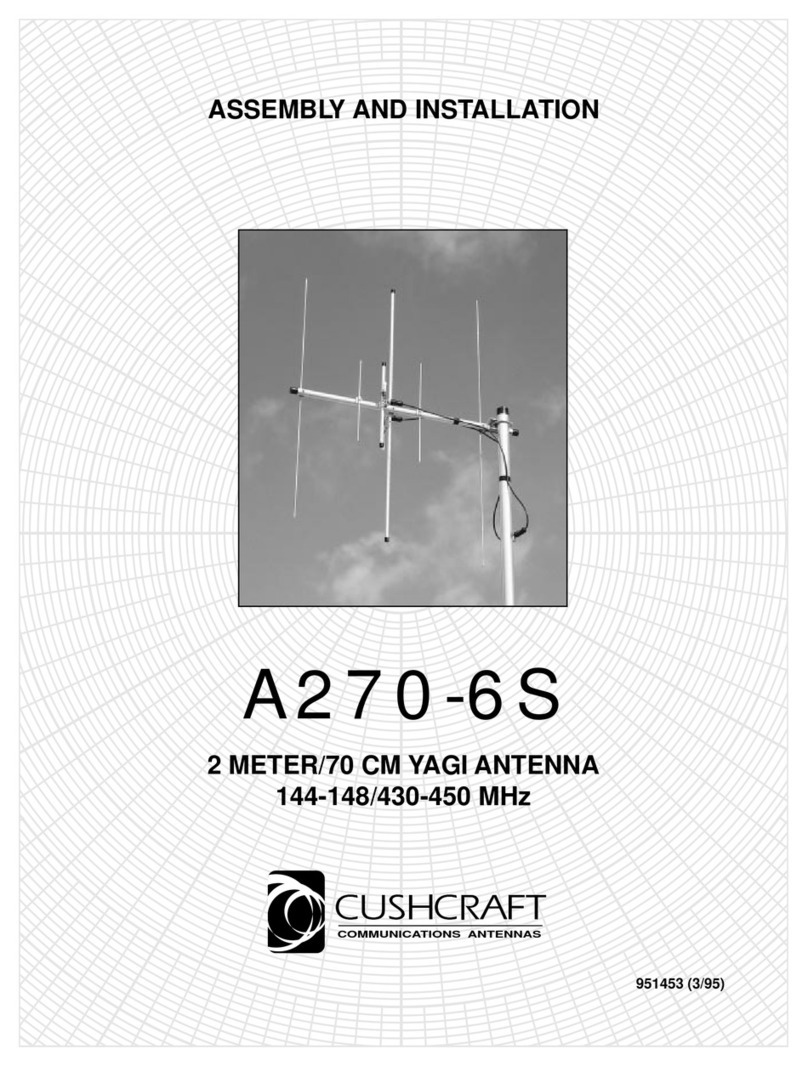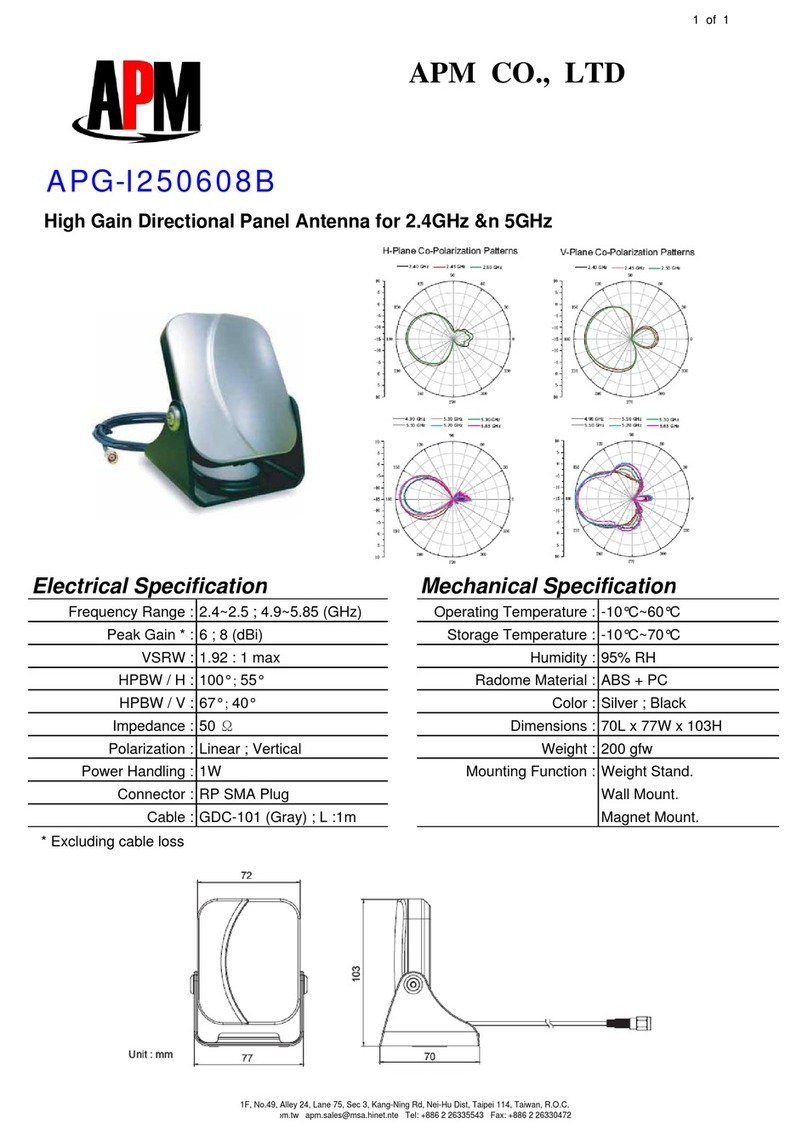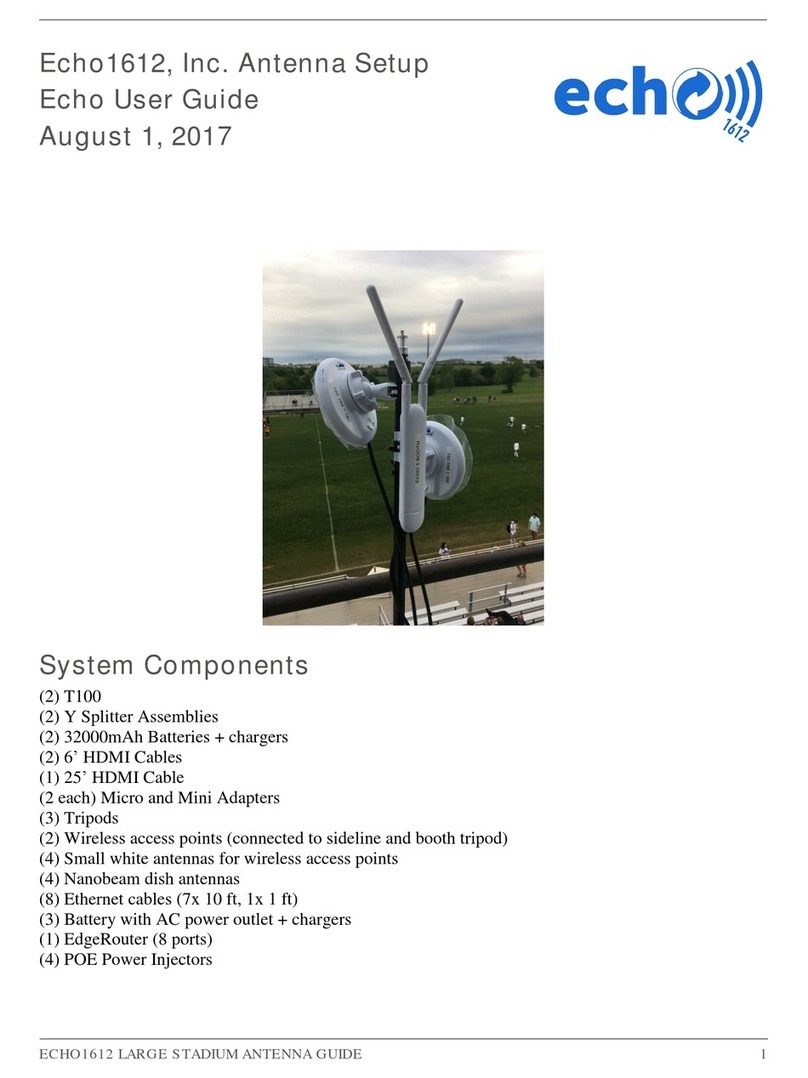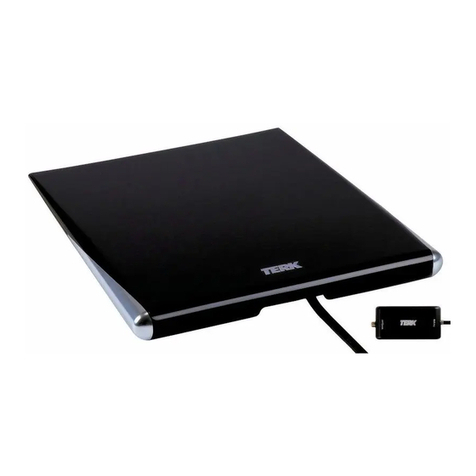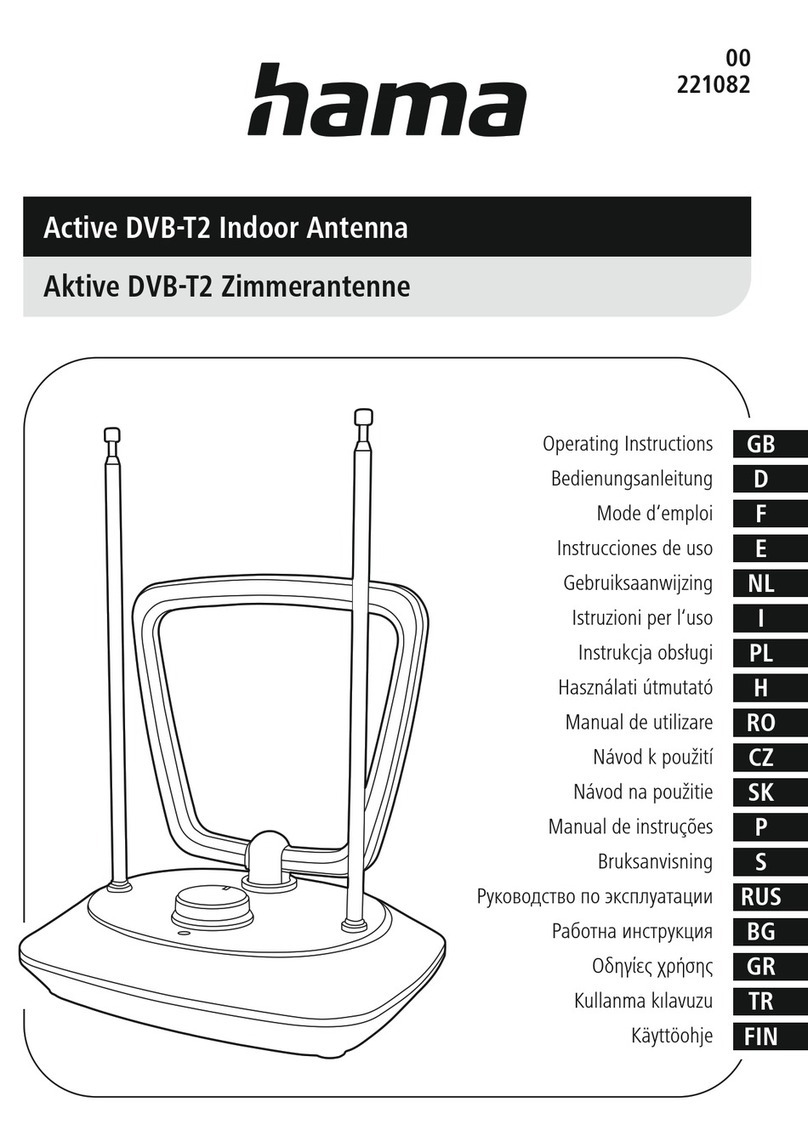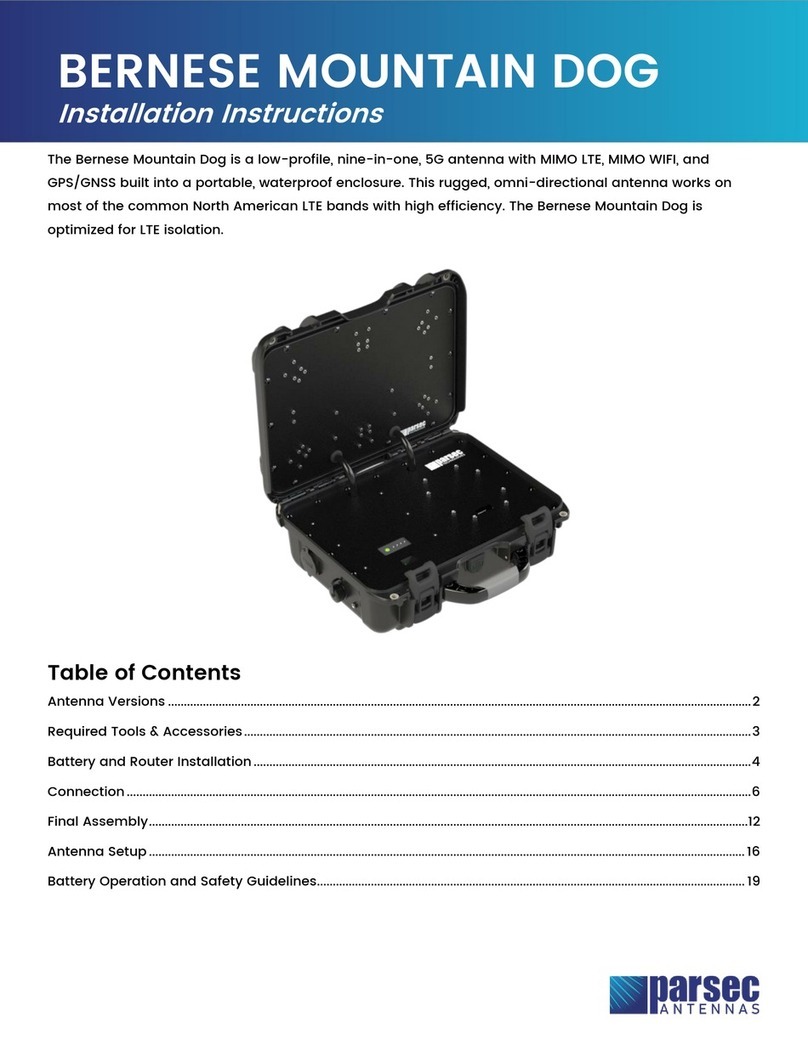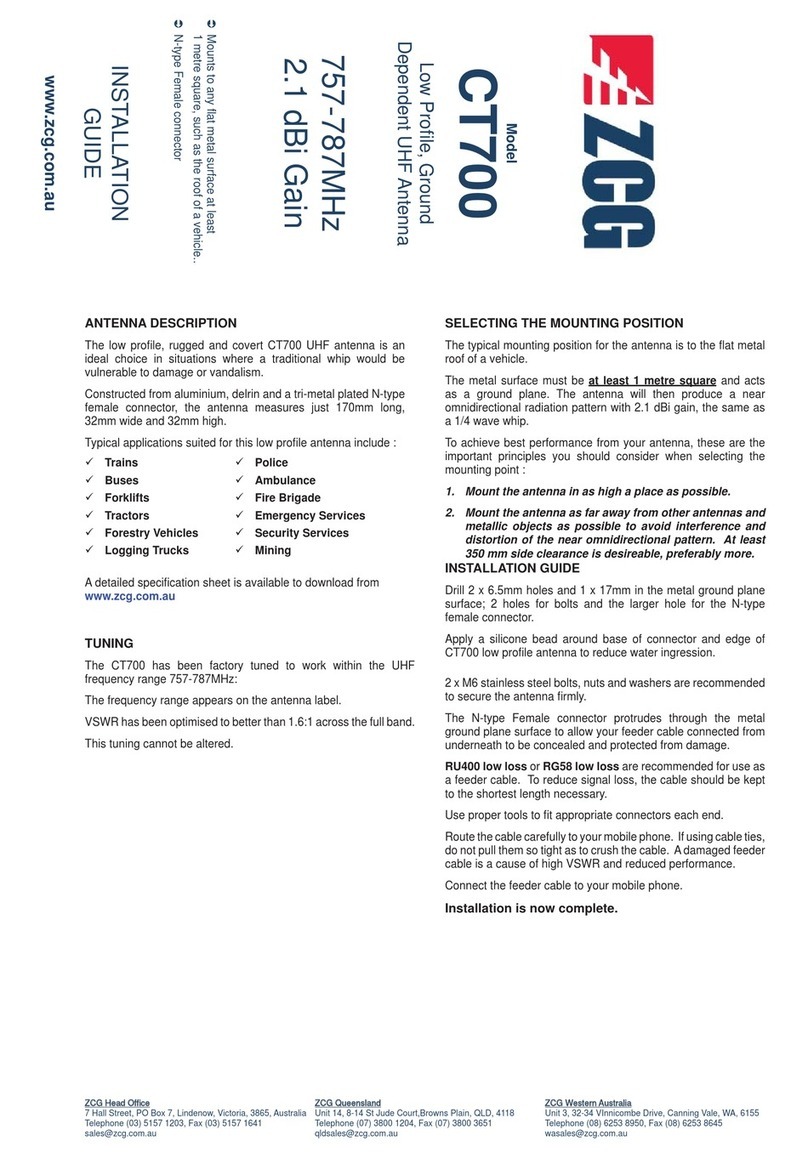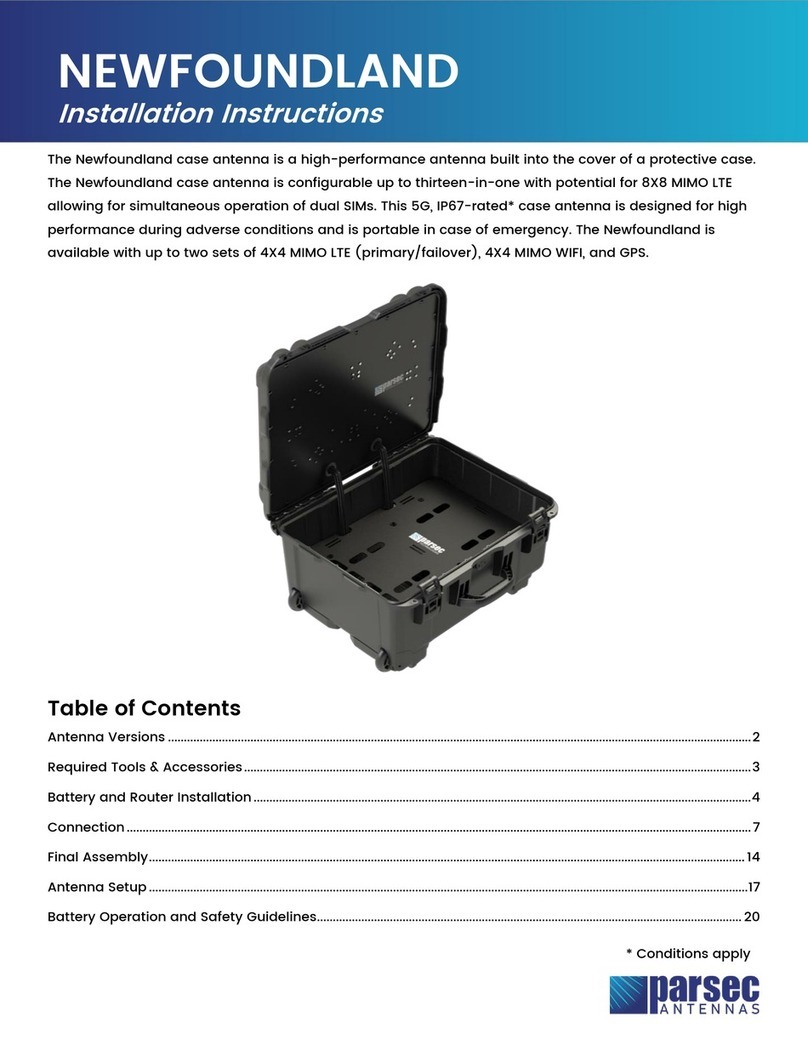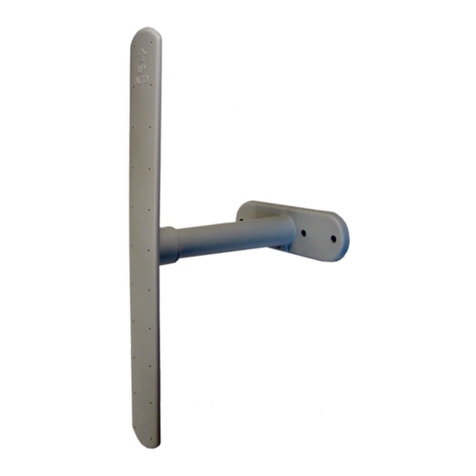
6StarBand®Field Service & Maintenance Bulletins StarBand®Field Service & Maintenance Bulletins ©2004-2013,
which should read at least 100 mA DC. Due to fluctuations and inaccuracy of the meter,
a slightly lower reading (2-5 mA lower) may be noticed, but would still indicate a
functioning LNB.
If both the voltage and current tests indicate there are no problems with the LNB, use
the following troubleshooting steps to determine if the antenna was properly installed:
Table A-2: Additional Troubleshooting Steps - Voltage and Current is OK
If any of the items in Table A-2 cannot be verified, the suggested corrective measures
should be considered. If the problem persists, do the following:
Table A-3: Additional Troubleshooting Steps - Still a Problem after Table A-2 Steps
Verify that… If not, then…
A clear line of sight to the satellite exists by confirming
no trees, buildings or other structures are in the way Consider alternative locations for the antenna.
The antenna is installed on a mast that is plumb Correct the problem before continuing.
The antenna was pointed using the correct skew,
elevation, and azimuth angles provided by Point Dish for
the particular location. (Keep in mind the elevation angle
may have to be increased by 1 - 2 degrees to compensate
for the elevation scale error on the 75E.)
Using Point Dish, provide the correct angles to the
installer and verify the settings on the antenna.
The polarizer is rotated to the proper orientation, i.e.,
vertical or horizontal transmit. Determine what the correct polarization is based on the
assigned satellite and transponder. Then, confirm the “H”
or “V” on the polarizer is pointed to “0”.
All skew, elevation and azimuth bolts are securely
fastened and the feed support arm is mounted properly to
the antenna.
Tighten all bolts as described in the installation manual.
The feed support arm should be firmly bolted to the
bottom of the antenna.
The Rx and Tx IFL cables are properly connected
and are not accidentally crossed. Take the necessary corrective action.
The Rx and Tx IFL cables are less than 100’ each. Add line amps as necessary.
The IDU is turned on. Turn the IDU on.
Verify that… If not, then…
The LNB has no signs of visual damage. Replace the LNB with a spare.
Weather related conditions, either at the customer’s
site or at the Hub, are not causing the problem. Wait for the weather to clear and re-check the
status.
There are no significant sources of interference,
e.g., from personal radar detectors in nearby cars or
cell towers, that may be causing the problem.
Ask the owner to turn the radar detector off or
consider moving the antenna to another location to
avoid cell tower interference.
For CONUS installations, the LNB supplied with the 75E
is being used. For OCONUS installations in Alaska and
the Caribbean that require 1.2 meter antennas, the LNB
should have a noise figure of 0.6 dB or better, i.e., 0.6 or
less, stamped on the label.
Consult with the RF Engineering group for
guidance on the proper LNB to use.
The rubber O-ring is in place at the flange of the
LNB. Missing or crimped O-rings can allow water
to penetrate the Transmit Reject Filter, OMT and
feed assembly, diminishing the receive signal
strength.
Remove any water present in the Transmit Reject
Filter, OMT and feed and replace a missing or
damaged O-ring before re-attaching the LNB.




















